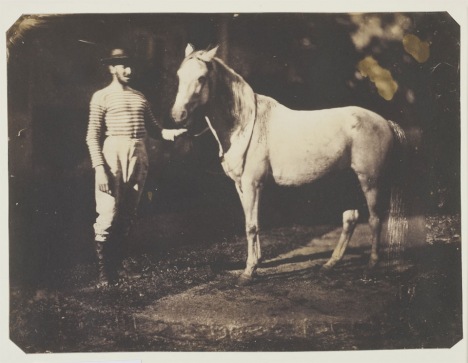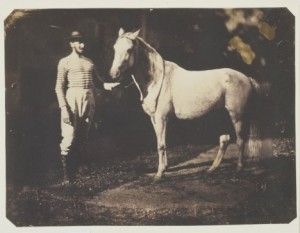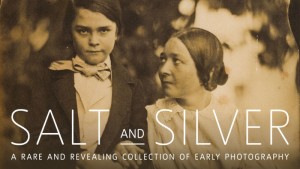Salt and Silver: Early Photography 1840-1860 at Tate Britain

This spring, Tate Britain presents a unique exhibition of salt prints from the 19th century. The very first form of paper photography is rarely seen due to the nature of its delicate images, making Salt and Silver a must-see.
Invented by British scientist William Henry Fox Talbot, salt prints are the result of discovering the chemical capacity to “fix a shadow” on light-sensitive paper coated in silver salts. Introduced in 1839, this technique died out by the 1860s, which is why the time span of the exhibition is relatively short. Consequently, the 90 images on display are very rare and infrequently shown as they are quite fragile.
It’s difficult to categorise this collection as a single subject matter as the images vary greatly in their themes – a plain showcase of the excitement the photographers had in using this new medium. In their strive to aesthetically capture different aspects of life, photographers from Talbot to Édouard Baldus and Maxime Du Camp shot portraits, landscapes, buildings, pages of manuscripts, and scenes of modern life. Photographers of the early years after Talbot announced that the technique showed incredible diversity and visual curiosity. What links them all is the softness that comes with the texture – a very distinctive feature of salt prints.
Through these photographs, important 19th century motions can be traced, like the idea of national identity and the celebration of past times that could be found in ancient sites. Another great innovation of early photography was the portrait and its ability to immortalise the subject, to suggest personality through pose. The exhibition also celebrates the strong connection between French and British photographers: it was the likes of Louis-Désiré Blanquart-Evrard who further developed Talbot’s method.
Among the selected photographs is David Hill and Robert Adamson’s Newhaven Fishermen, which captures the fishermen’s expressions and posture with an incredible spontaneity, as opposed to the stiff portraiture traditionally associated with Victorian times. There are also first examples of travel photography, of steam ships and railways, of ancient monuments such as Du Camp’s Grand Temple de Denderah and Salzmann’s Statuette en Calcaire, both from Egypt.
With Salt and Silver: Early Photography 1840-1860, Tate Britain aims to bring some recognition to this particular photographic form as, even though it originated in Britain, it is still not very well-known here. Looking at this beautiful exhibition of soft photographs, it’s hard to imagine that people will not appreciate the show.
Lyubomira Kirilova
Salt and Silver: Early Photography 1840-1860 is at Tate Britain until 7th June 2015, for further information visit here.


























Facebook
Twitter
Instagram
YouTube
RSS